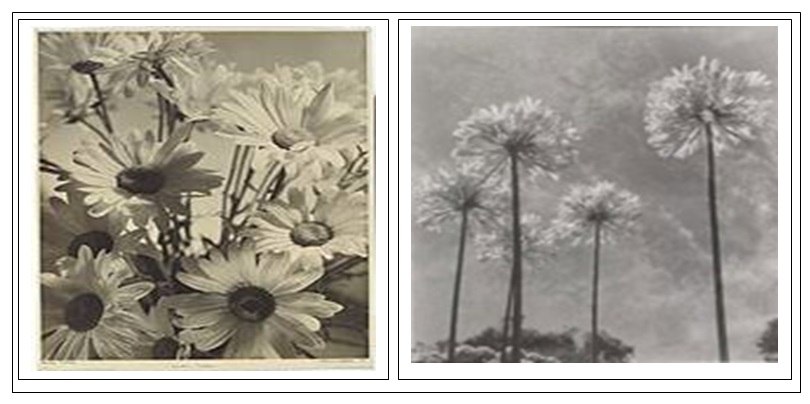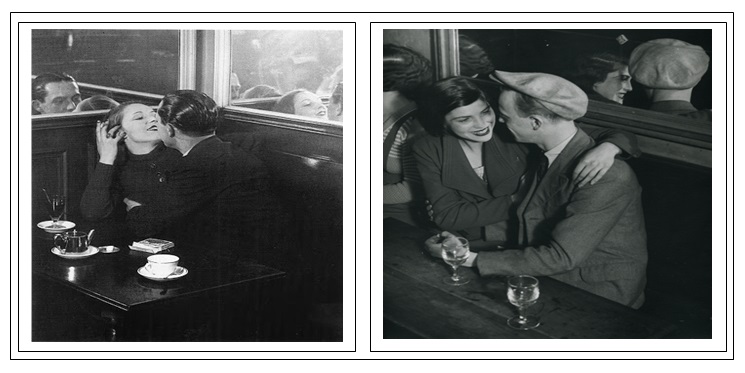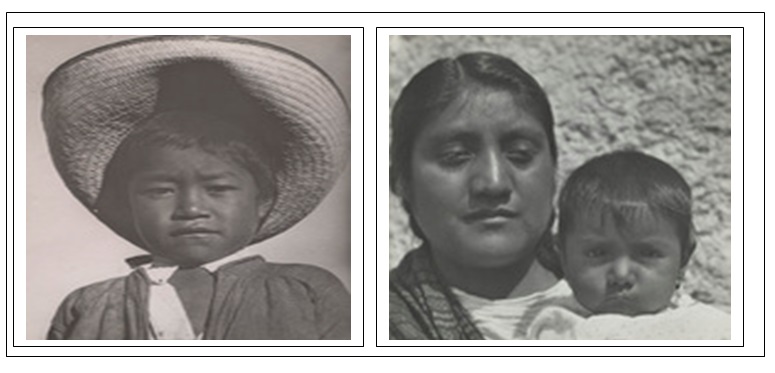Introduction
My love for anything photographic, along with my great passion to enjoy natural scenery through photography, informed my decision to enroll in this course. These qualities were formed during my childhood when I used to sneak into my parents’ bedroom and “steal” their Olympus 35MM camera for a few moments of pleasure. Upon reflection, I can boldly say that the shots I took with the old camera left a deep desire in me to pursue a course in photography once an opportunity presented itself. By sheer luck, the opportunity came knocking when I learned from the college website that it offers customized short courses in photography. This is the story of “how” I enrolled in the photography course.
As to “why” I enrolled, it is plausible to mention that I wanted to develop and nurture professional skills in photography. Upon reflecting on all the pictures I took in my childhood, along with other captivating pictures I see daily in newspapers, magazines, and other forms of media, I have come to realize that photography is not just about taking photographs. Indeed, photographs should not only be able to communicate stories and ideas to the audience, but also elicit emotions and catapult the audience into acting in a particular manner. This is all that professionalism in photography is all about. Undeniably, therefore, I enrolled in the course to attain professional status and also be able to use imagery to communicate ideas and concepts to the audience.
Photographers
Olive Cotton
Regarded as one of the greatest photographers the world has ever known and also one of the pioneers of Australian modernist photography, Olive Cotton (1911-2003) brought into the fore unique photographic works that underlined the gentleness and tranquillity of objects in the environment, rather than the boldness and dramatic compositions that were characteristic of other modernist photographers. In a career spanning over six decades, Olive utilized unique skills to bring her message to the audience, such as excellent utilization of light and form, critically devoted observation skills as well as unbiased treatment of subject matter (Australian Government 2008).
Most of Cotton’s photographs were devoted to the exploration of the serenity and beauty in the natural world, as can be seen in the photographs below.

The photograph on the left was taken in 1937 to demonstrate the natural beauty of Shasta daisies in the Australian landscape, while the photograph on the right was taken in 1955 to show how the Agapanthus trees changed the environment. It is important to note that “Cotton’s work was included in various exhibitions during the 1930s but her first solo exhibition was not until 1985” (Australian Government 2008, para. 5). Some of her most famous photographic works include ‘Tea cup ballet (1935), Beachwear fashion shot (1938), and Theme for a mural (1942).’
George Brassai
George Brassai (1899-1984) was a Hungarian photographer whose skills and talent in photography matured while he was living in France. The major motivation behind his excellent skills in photography was his love to capture images of the beautiful city of Paris at night. In one of his writings, Brassai acknowledged that “photography allowed him to seize the Paris night and the beauty of the streets and gardens, in rain and mist” (Lee Gallery n.d., para. 4). The two photographs below confirm this fact.

The photographs above demonstrate Brassai’s excellent compositional expertise by virtue of the photographer’s capacity to frame his subjects to produce imageries that show formal elegance and artifice, rather than unsympathetic realities demonstrated in photographic realism. Note how Brassai uses shadows (lovers’ gaze reflected in the mirror) to bring out the attributes of intensity, sophistication, and playfulness (Rosenblum 2008).
Tina Modotti
The available literature on Tina Modotti demonstrates that she was a reputable master of early twentieth photography, who “began her fine art and documentary photography career in Mexico in the 1920s while working with Edward Weston” (Brannan 2010, para. 1). Her early platinum prints, which were rather expensive and time-consuming, comprised close-up photographs of “still-lifes” such as exquisite wine glasses, creases of fabric, flowers as well as finely composed architectural spaces; however, she later did away with platinum prints in support of silver gelatine prints (Oxford University Press 2009). The two pictures below represent some of her works.

The picture on the left was that of a child in Sombrero taken in 1927, while one on the right was that of an Aztec mother taken in 1926-27. These pictures demonstrate how Modotti focused on the proud faces of mothers and children to show the passionate progression of mankind. Owing to her strong links to the Communist Party in Mexico in the late 1920s, the photographer found her focus changing and more of her photography becoming politically oriented (revolutionary) to the extent of appearing in publications considered as radical by the government (Rosenblum 2008).
Quotes & Explanations
- David Acuna said, “your mind is like a live camera that is constantly taking pictures of every single moment that comes onto you…So be a good photographer.” This quote demonstrates the importance of having a clear, coherent, and conscious mind about the objects we see and interact with in the environment. It is the mind that will ultimately determine the quality of photographs.
- Paul Delaroche once remarked that “from today painting is dead.” This quote demonstrates the authenticity, objectivity, and experiential passion triggered by photographs as opposed to paintings.
- Wifredo Garcia is quoted as saying “may be, the greatest art discovery within hundred years from now, would be our grandparents’ photo albums.” This quote demonstrates the capacity of photographs to trigger emotions and reflections of historical experiences. In practice, people take quite a long time gazing at photographs that were taken when they were children, demonstrating a strong emotional bond to the pictures as priceless treasures.
- Misha Gordin said “be careful when choosing your teacher. If you have talent you might not need one.” This quote shows the innate nature of photography, that it has to deal with talent as much as it deals with skills.
- Nina Gujar said “photography: it’s an attempt to capture the world the way it is.” Once again, this quote demonstrates objectivity and, hence, the truth in photography.
- Norman Parkinson acknowledged “the camera can be the most deadly weapon since the assassin’s bullet. Or it can be the lotion of the heart.” This quote demonstrates the sheer power of photographs as a weapon that could be used to expose social decadence and reward positive behavior (PhotoQuotes.com 2010).
Photography Experience & Advantages
The photography experience, in my view, has afforded the opportunity to (1) know the composition, exposure, and how to use the camera to get the most out of it, (2) develop flexibility in the taking and processing of photos, (3) study the art work of other people as a basis to developing my own style, and (4) develop desirable traits in photography. The experience has been advantageous as I can now take my own professional photographs without assistance, can be able to objectively interpret the content and theme of a particular paragraph and, lastly, I can take good photographs under intense pressure.
Reference List
Australian Government 2008, Olive Cotton, Web.
Brannan, BW 2010, Tina Modotti (1896-1942), Web.
Lee Gallery n.d., Brassai, Web.
Oxford University Press 2009, Tina Modotti, Web.
PhotoQuotes.com 2010, Web.
Rosenblum, N 2008, A world history of photography, 4th edn, Abbeville Press, London, UK.